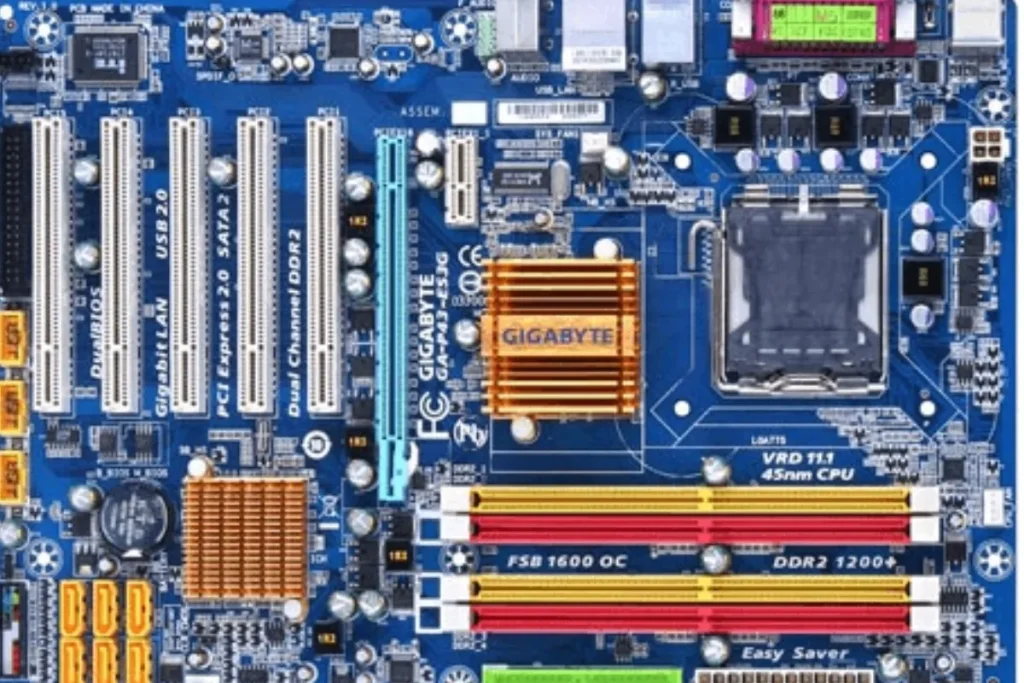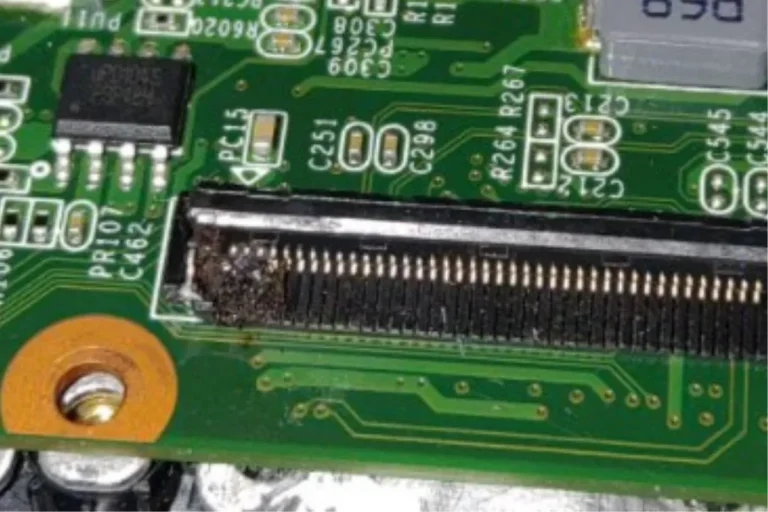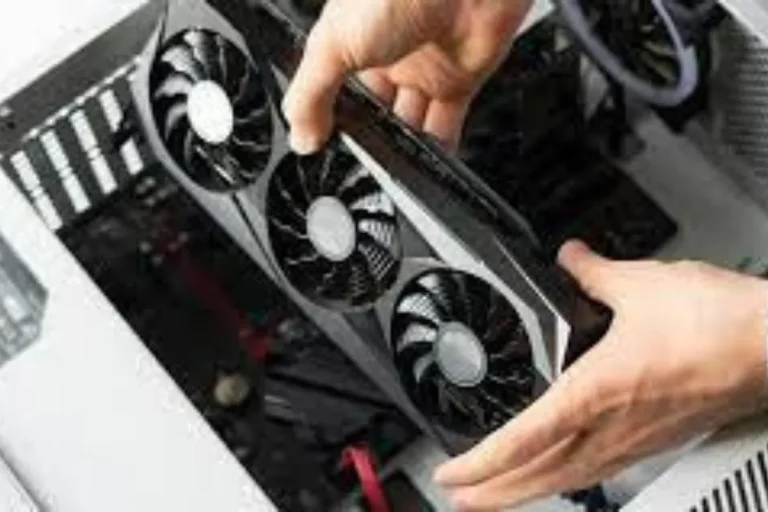Can you upgrade a motherboard without reinstalling Windows?
Upgrading a motherboard can be an exciting endeavor, but what about your beloved Windows operating system? The big question is, can you make the switch without going through the hassle of reinstalling everything from scratch Dive into this intriguing topic and find out if there’s a way to avoid the time-consuming Windows reinstallation process when upgrading your motherboard.
Keeping Windows Intact While Upgrading Your Motherboard
When it comes to upgrading your motherboard, the last thing you want is to go through the hassle of reinstalling Windows. Luckily, there are steps you can take to ensure that you retain your Windows installation and all your precious data during the upgrade process.
explore the scenario of keeping Windows intact while upgrading your motherboard and discover various methods to achieve this.
Steps to Prepare for the Motherboard Upgrade
Before diving into the motherboard upgrade, it’s essential to take some preparatory steps. First and foremost, make sure to back up all your important files and data. This will ensure that even if something goes wrong during the upgrade, your data remains safe and sound.
Additionally, it’s important to gather all the necessary drivers and software for your new motherboard. Visit the manufacturer’s website and download the latest drivers to ensure smooth compatibility.
Various Methods to Retain Windows Without Reinstalling
Now, let’s explore some methods that allow you to retain your Windows installation without the need for a fresh reinstall.
Using Windows Repair and Recovery Options
Windows provides built-in repair and recovery options that can come to your rescue during the motherboard upgrade. By accessing these tools, you can repair any issues that may arise due to the hardware change, ensuring that your Windows installation remains intact.
Performing a Clean Installation with Migration Tools
Another method involves performing a clean installation of Windows on the new motherboard using migration tools. These tools allow you to transfer your Windows installation, along with your files and settings, to the new hardware seamlessly.
Leveraging System Image Backups
Creating a system image backup before the upgrade is a smart move. With a system image backup, you can restore your entire Windows installation, including settings and applications, onto the new motherboard effortlessly.
Using Windows Repair and Recovery Options
When it comes to upgrading your motherboard without reinstalling Windows, one method you can rely on is utilizing Windows’ built-in repair and recovery options.
These tools can help you preserve your Windows settings and files during the motherboard upgrade process. Let’s dive into a step-by-step guide on how to use these tools effectively.
Step-by-Step Guide on Utilizing Windows’ Repair and Recovery Tools
- Start by shutting down your computer and disconnecting all peripherals.
- Install the new motherboard and connect all the necessary components, including the processor, RAM, and graphics card.
- Power on your computer and insert the Windows installation media (DVD or USB).
- Boot your computer from the installation media. You may need to change the boot order in the BIOS settings to prioritize the installation media.
- Select your language preferences and click “Next” on the Windows Setup screen.
- Instead of proceeding with a fresh installation, click on “Repair your computer” at the bottom left corner of the screen.
- In the next screen, select “Troubleshoot” and then choose “Advanced options.”
- From the list of options, select “Startup Repair” or “Automatic Repair,” depending on your Windows version.
- Windows will then scan your system for any issues and attempt to repair them automatically.
- Once the repair process is complete, restart your computer and remove the installation media.
How This Method Helps Preserve Windows Settings and Files
By using Windows’ repair and recovery options, you can preserve your Windows settings and files during the motherboard upgrade. These tools repair any issues that may arise due to the hardware change, ensuring that your Windows installation remains intact.
They scan for corrupted files, fix startup problems, and restore system settings, allowing you to retain your personalized setup and data.
Performing a Clean Installation with Migration Tools

When it comes to upgrading your motherboard without reinstalling Windows, another effective method is performing a clean installation with the help of migration tools. This method allows you to seamlessly migrate your Windows installation, along with your files and settings, to the new hardware.
The Concept of Clean Installation and Migration Tools
A clean installation refers to installing a fresh copy of Windows on your computer without carrying over any previous settings or files. This ensures a clean slate and optimal performance on your new motherboard.
However, migrating your existing Windows installation to the new hardware can be a complex task. This is where migration tools come into play. These tools facilitate the transfer of your Windows installation, including all your files, programs, and settings, from the old motherboard to the new one.
Guiding Readers Through the Process of Migrating their Windows Installation
- Start by backing up all your important files and data from your old motherboard. This ensures that no data is lost during the migration process.
- Obtain a reliable migration tool, such as EaseUS Todo PCTrans or Acronis True Image, and install it on your old system.
- Launch the migration tool and follow the instructions to create a full backup of your Windows installation, including all files, settings, and programs.
- Once the backup is complete, remove the old motherboard and install the new one.
- Connect all the necessary components, such as the processor, RAM, and graphics card, to the new motherboard.
- Power on your computer and boot into the migration tool’s recovery environment using a bootable USB or CD.
- Follow the on-screen instructions to restore the backup onto the new motherboard.
- Once the migration process is complete, restart your computer and boot into the newly migrated Windows installation on the new motherboard.
Leveraging System Image Backups
When it comes to upgrading your motherboard without reinstalling Windows, leveraging system image backups can be a reliable method. Creating a system image backup before upgrading ensures that you have a complete snapshot of your Windows installation, making it easier to restore it to the new motherboard.
The Benefits of Creating System Image Backups Before Upgrading
Creating a system image backup is like taking a complete snapshot of your Windows installation, including all files, settings, and programs. This backup serves as a safety net, allowing you to easily restore your entire system to its previous state.
By creating a system image backup before upgrading your motherboard, you can enjoy the following benefits:
- Data Protection: System image backups ensure that your important files and data are protected during the upgrade process. In case anything goes wrong, you can always rely on the backup to restore your files.
- Time Savings: Restoring a system image backup is much quicker than reinstalling Windows and all your programs from scratch. It saves you valuable time and effort, allowing you to get back up and running faster.
- Preservation of Settings and Programs: System image backups preserve all your personalized settings and installed programs. This means you don’t have to go through the hassle of reconfiguring everything after the upgrade.
Instructions on How to Restore the System Image to the New Motherboard
- Start by connecting the storage device containing the system image backup to the computer with the new motherboard.
- Power on your computer and boot into the Windows Recovery Environment using a bootable USB or CD.
- Select “Troubleshoot” and then choose “Advanced options.”
- From the list of options, select “System Image Recovery.”
- Windows will prompt you to select the system image backup you want to restore. Choose the backup you created before the motherboard upgrade.
- Follow the on-screen instructions to restore the system image backup to the new motherboard.
- Once the restoration process is complete, restart your computer and boot into the newly restored Windows installation on the new motherboard.
Frequently asked questions
1. My computer won’t boot after installing the new motherboard. What should I do?
Ensure that all connections are secure and properly seated. Check if the power supply is compatible with the new motherboard. Clear the CMOS by removing the motherboard battery for a few minutes and then reinserting it.
2. Windows is showing activation errors after the motherboard upgrade. How can I resolve this?
If you have a retail version of Windows, reactivate it using your product key. If you have an OEM version, contact Microsoft support and explain your situation. They will guide you through the reactivation process.
3. I’m experiencing driver issues with the new motherboard. How can I fix them?
Visit the manufacturer’s website and download the latest drivers specifically designed for your new motherboard model. Install these drivers and restart your computer. If issues persist, try uninstalling any conflicting drivers from the previous motherboard.
4. My computer is experiencing random crashes or blue screen errors after the motherboard upgrade. What should I do?
Ensure that all components, such as RAM and graphics card, are properly seated in their respective slots. Update the motherboard’s BIOS to the latest version. Run a memory diagnostic test to check for any faulty RAM modules.
5. My storage drives are not recognized after the motherboard upgrade. How can I resolve this?
Check if the SATA cables connecting the drives to the motherboard are securely connected. Confirm that the storage drives are properly powered. Access the BIOS settings and ensure that the SATA mode is set correctly (e.g., AHCI or RAID)
Conclusion
In conclusion, upgrading a motherboard without reinstalling Windows is indeed possible, thanks to methods like leveraging system image backups. By creating a complete snapshot of your Windows installation, you can easily restore it to the new motherboard, saving time and preserving your files, settings, and programs. Upgrade hassle-free


